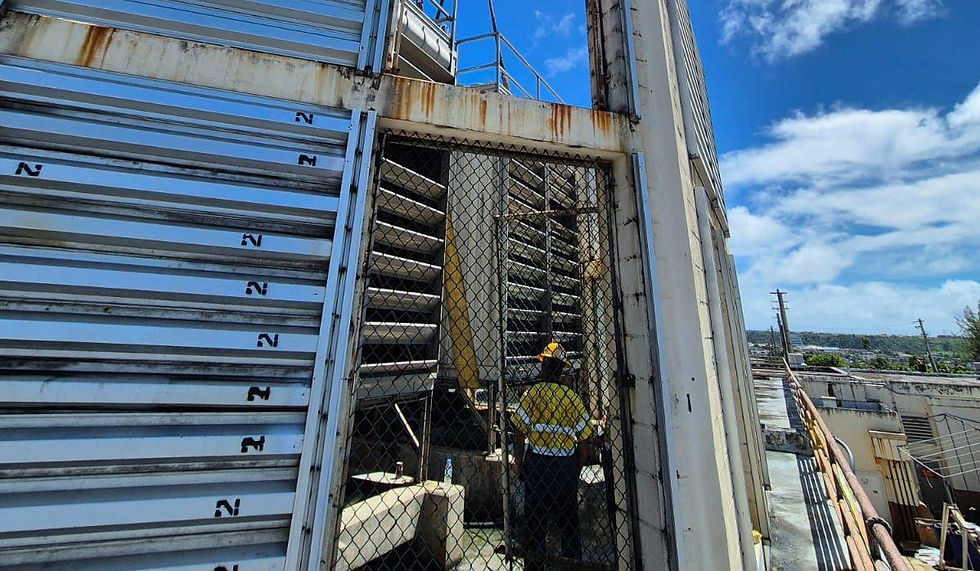Guam sends out a peace message to the world
- By Bruce Lloyd
- Aug 14, 2017
- 1 min read
If Guam has a traditional place to make political statements to the huge flow of its island rush hour traffic, it's at what's known as the Paseo Loop. During political election times, candidates and their supporters come here to wave signs and campaign. This week though, the concern is with averting nuclear attack and making the rest of the world aware of Guam's situation and reaction.
The Paseo is also particularly appropriate for the occasion, since the land behind the demonstrators was created from rubble of the village of Agana, which was largely destroyed by American bombing and artillery during the 1944 liberation of the island from Japanese occupation during World War II.

This peace demonstration mixed every imaginable trope of peace demonstrations dating back to the Vietnam protests of the 1960s. And the large media contingent from the rest of the world that has been arriving since the latest inflammatory statements from Washington and Pyongyang were made was on hand to watch and record.
An ABC News crew from the states suffered the heat and humidity of Guam, while younger generations learned the basics of peace protests.
And for visitors to the island unfamiliar with local issues, there were a lot of leads to follow up. Military landtaking for its purposes has been an issue on Guam since the Americans arrived in 1898 which has hardly changed with ongoing plans for a military buildup in which Marines will be moved from Okinawa to Guam. Traditional Guam Chief Quipuha's statue at the Paseo featured broken chains added for the occasion to make this point.


















